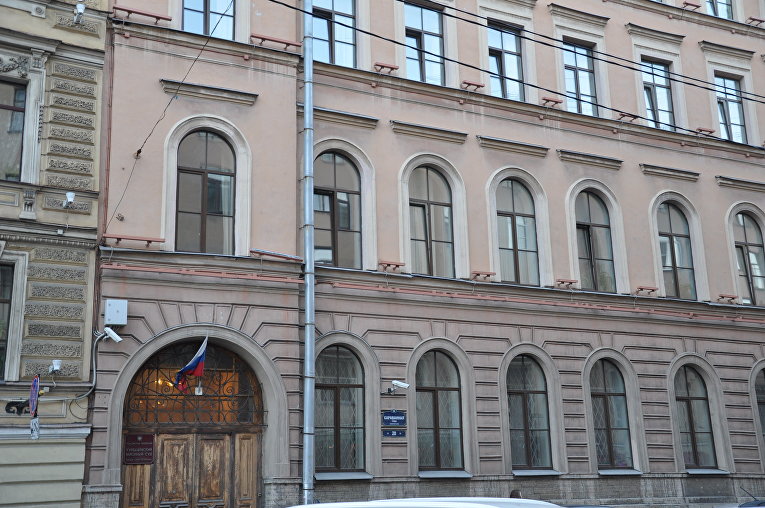ST. PETERSBURG, May 26 (RAPSI, Mikhail Telekhov) — A St. Petersburg court has ordered a historical, cultural, and archaeological evaluation by a commission of experts to be carried out in a case opened in relation to a group claim against inaction of the Russian Culture Ministry as to creation of a stand-alone museum reserve at Cape Okhta, the United press service of St. Petersburg courts informs RAPSI.
This decision the Kuybyshevsky District Court of St. Petersburg took by joining two lawsuits. The first one was filed by human rights activists on the grounds of the failure to meet an order of the President of the Russian Federation as to the creation of a museum reserve on the territory of Cape Okhta. The second claim was submitted by experts representing city archaeology community: academicians, employees of the Anthropology and Ethnography Museum of the Russian Academy of Sciences, the State Hermitage, the Research Institute of Cultural and Natural Heritage, the Institute for the History of Material Culture of the Russian Academy of Sciences, the library of the Academy of Sciences. They seek the court to decide that inaction of authorities as to the failure to put the location of the fragments of the ancient Landskrona fortress on the list list of cultural heritage sites, the statement reads.
The Ministry of Culture of the Russian Federation, the Government of St. Petersburg and the Committee for State Control, Use and Protection of Monuments of St. Petersburg are named as defendants in the case.
The expert commission appointed by the court must answer several questions by July 12. Experts have been instructed to find out whether the designated area is included in the territory of the Nyenskans cultural heritage site, whether archaeological excavations have been fully completed, what are the exact boundaries of the site, what is the degree of preservation of the cultural heritage, whether there is a threat of its loss and in what form access to the site is possible.
The consolidated claim has been somewhat adjusted, so the claimants not only seek that the court found the inaction of the defendants as to the aforesaid issue, but also that the failure to act on the part of the Committee for State Control, Use and Protection of Monuments of St. Petersburg as to the putting of the Landskrona ruins on the list of cultural heritage sites was contrary to the law and the Committee was obliged to take the respective decision.
As follows from the materials of the case, those involved are planning to create not an independent museum reserve, as indicated in the instruction of the President of the Russian Federation, but an archaeological museum on the basis of the Museum of the History of St. Petersburg, which will include not the entire Cape Okhta, but only its already designated as historical part. In addition, the claim alleges that the Ministry of Culture has failed to submit its official proposals to the office of the President by the date set.
As shown by archaeological excavations of the 1990-2000s, the Okhta Cape territory has been used by humans from about 4070 BC. The fist settlement there was established in the early Middle Ages, first by Novgorodians, and then by the Swedes. In Soviet times, there was an industrial zone. In 2006, a plot in this territory was acquired by Gazprom, which planned to build a 396-meter-high Okhta Center social and business complex on it. But the project caused a wide public outcry so its implementation was canceled, and a skyscraper with a height of 462 meters was erected in the Lakhta area.
Prior to the appeal of human rights activists to the President of the Russian Federation, Gazprom planned to build a modern low-rise multifunctional complex with a landscape park and public space for citizens and tourists at Okhta Cape.



